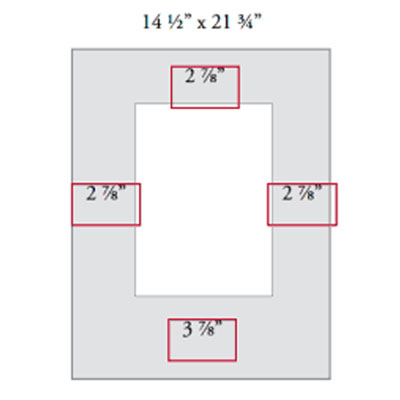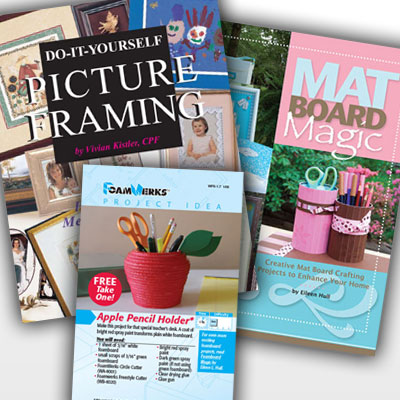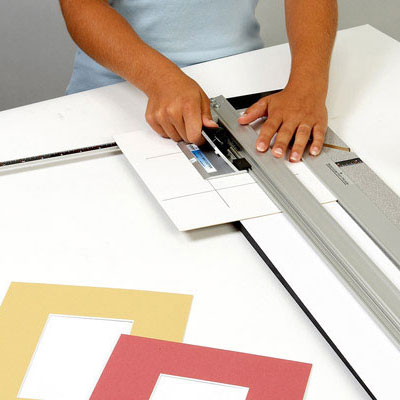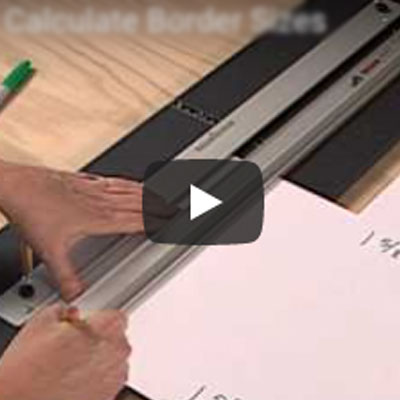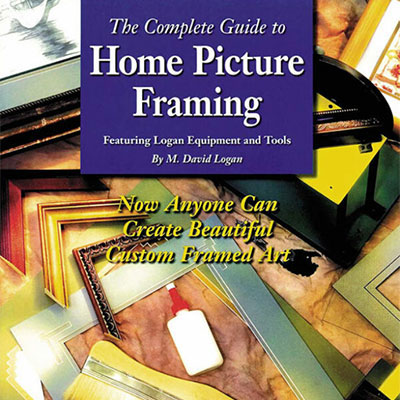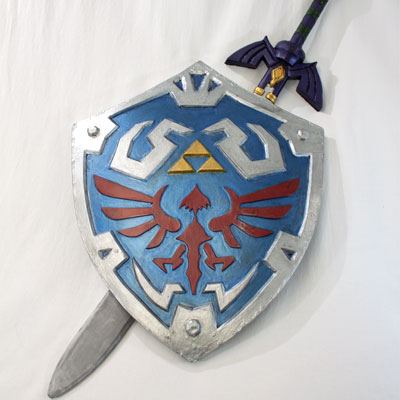- Making the Most of a 32 x 40 Sheet
- Trimming Mat Board to Size
- Trimming Mat Board to Size with Straight Edge
- Trimming Mat Board to Size with Compact
- Trimming Mat Board to Size with Simplex
- Mat Cutting
- Cutting Single Mat Using a Straight Edge
- Cutting a Single Mat With a Simplex-Basics
- Cutting a single mat with a simplex-detailed
- Cutting a double mat
- Cutting a double mat- detailed professional version
- The professional framers secret for cutting a double mat
- How to measure and cut a double mat,
- Cutting a stepped corner mat – basics
- Cutting stepped corner mats – detailed
- Offset (stepped) corner mat
- Slip sheets
- The importance of using a slip sheet when cutting
- The importance of using a backing sheet
- Why am I getting a ragged cut?
- How to avoid rough or ragged edges when cutting mats
- Dealing with inconsistencies in the bevel edges
- Adjusting your mat cutter for proper blade depth
- The importance of proper blade depth
- Why am I getting a hook in the corners or curve in the bevel cut?
- How come I don't cut all the way through the mat board?
- How to conquer overcuts and undercuts?
- Dealing with overcuts and undercuts
- Why am I getting overcuts in the corners?
- Why are my mats not coming out square?
- Why is my bevel cut going the wrong way?
- How to cut left handed
- How to cut a 40" sheet of mat board on the 32" compact mat cutter
- Is using production stops the fool proof way to get perfect mats?
- Tips for working with production stops on your mat cutter
- Basic mat cutter maintenance
- Mounting your artwork
- Grappling with conservation and archival mounting concerns
- Supporting Artwork
- Hinge mounting T, V and S methods
- A simple method to a T-hinge mount
- Trapping methods
- Permanent mounting
- Wet mounting
- Pressure sensitive adhesive mounting
- How to mount artwork using positionable mounting adhesive (PMA)
- Spray adhesives
Because there is no mat or glass involved in framing stretched canvas, it is among the easiest items to frame. However, canvas stretched on stretcher bars is often thicker than the depth of the frame you're putting it into. Although so called canvas frames exist, they are limited in variety and availability, so many framers end up using regular frames for stretched canvas. The trick is holding the canvas in. Generally, framing components are secured in the frame by inserting a point or brad into the side of the frame recess, but if you can't get at the recess, this becomes difficult. There are three methods that exist to get you around this problem. Option One: Canvas clips are brackets that fit over the backs of stretcher bars and wedge into the space between the stretcher bar and frame recess, securing them. Option Two: Offset clips have two right-angle bends forming off-setting flat ends between a vertical upright. One of the flat ends is screwed into the back of the frame while the other end overlaps the stretcher bar, holding it in. Option Three: A screweye or a multipoint set into the back of the frame provides a loop through which a regular screw can be inserted into the side of the stretcher bar, securing it.






